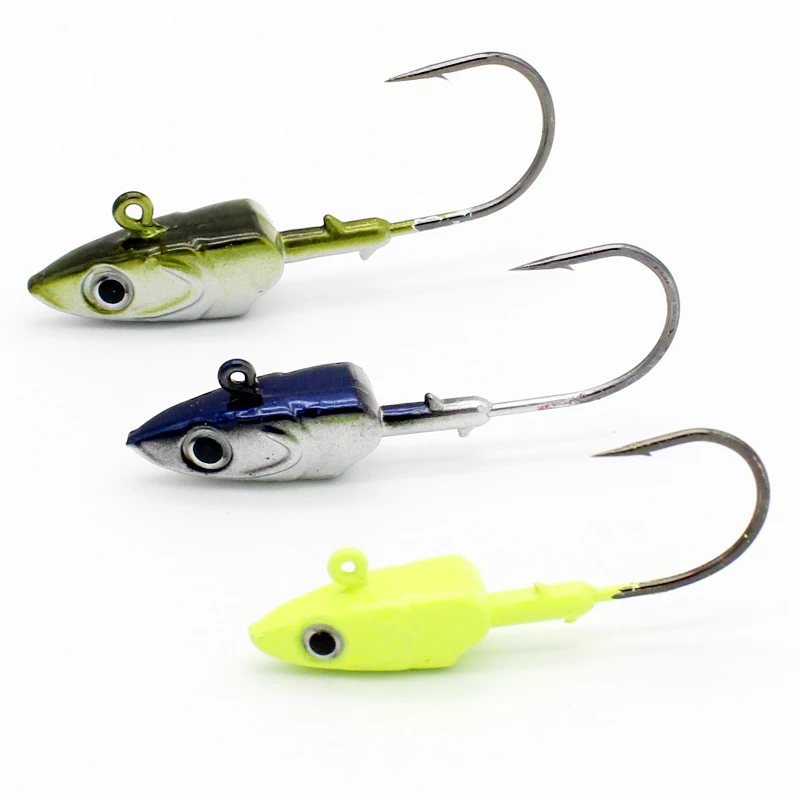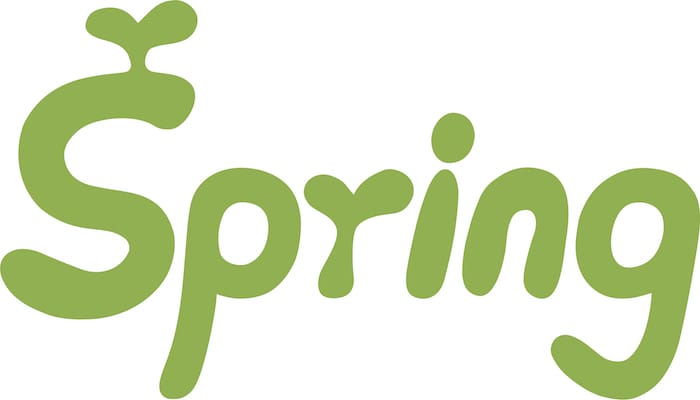Types of Fishing Lures - Jig Head
The jig head is essentially a weighted hook designed to increase the throwing distance and make it easier to swim with soft lures. The jig head's symmetrical head and 90-degree hook-and-eye design allow it to swim faster in the water and sink quickly with minimal range of motion.
The movement of the jig head is generally an uneven vertical movement, as opposed to the horizontal movement of the rotating sequins. The jig head has many functions and can be used in both seawater and freshwater. The variety of fish to be caught is so plentiful that jig heads have been favoured by many anglers for many years.
The jig head can be used for fishing in shallow water; it can also be used in deep water or anywhere in between. The jig head can be used with live bait or in combination with a variety of soft baits to catch almost any fish.
The head of the jig head can come in many different shapes and colors to create different features. The most common is the round head, and there are many different shapes such as fish head and conical head. The three most popular jig head shapes in bass fishing are the flipping jig head, the football jig head, and the grass jig head. The heads of these jig heads come in many different weights, usually from 1/80 of an ounce to close to a pound, and the larger jig heads are generally used for large bottom fish. The head can also be made in various colors and patterns. Hooks can also be varied. These differences can be hook type, color, hook angle or hook material. Some jig heads even have grass-blocking brushes.
There are a wide variety of soft baits used with jig heads. The most common are soft baits made of rubber or silicone. These soft baits come in many shapes and can be bugs, frogs, small fish, paddle tails, lizards or different insects. These soft lures can range in color from bright yellow to clear brown with silver and red glitter. Also, during the summer months, cool-looking colors such as brown or blue with black threads are popular. For smallmouth and largemouth bass, jig heads can be used with soft bait shapes such as small fish, leeches or night crawlers.
Choosing the correct color of jig head has something to do with the fishing condition as it increases the angler's confidence. Many anglers use two-tone jig heads to increase their chances of hitting, and many are picky. Natural colors, basic colors, fluorescent colors, metallic colors and colors are all available. The jig head of some paints also has a layer of transparent cleaning to prevent the paint color from being bumped.
The steps for painting lead hooks are: dip in liquid or powder, sometimes the paint will block the hook eyes. The hook eye of a good quality jig head will not be blocked, but some hook eyes are always blocked. The tool to poke the paint through the eye of the hook is cheap and manual, and sometimes consumers use the tip of another lead hook, but it may dull the tip of that lead hook and cause it to be downgraded and reduced the effect of catching fish.
The producing technique of Jig Head is pressure casting, similar to the lead head of spinner bait.
Click here to watch a video of JIG HEAD example on Youtube.
An example picture of Jig Head:
This picture is from public sources, revision of content will be processed if violating any rights.


